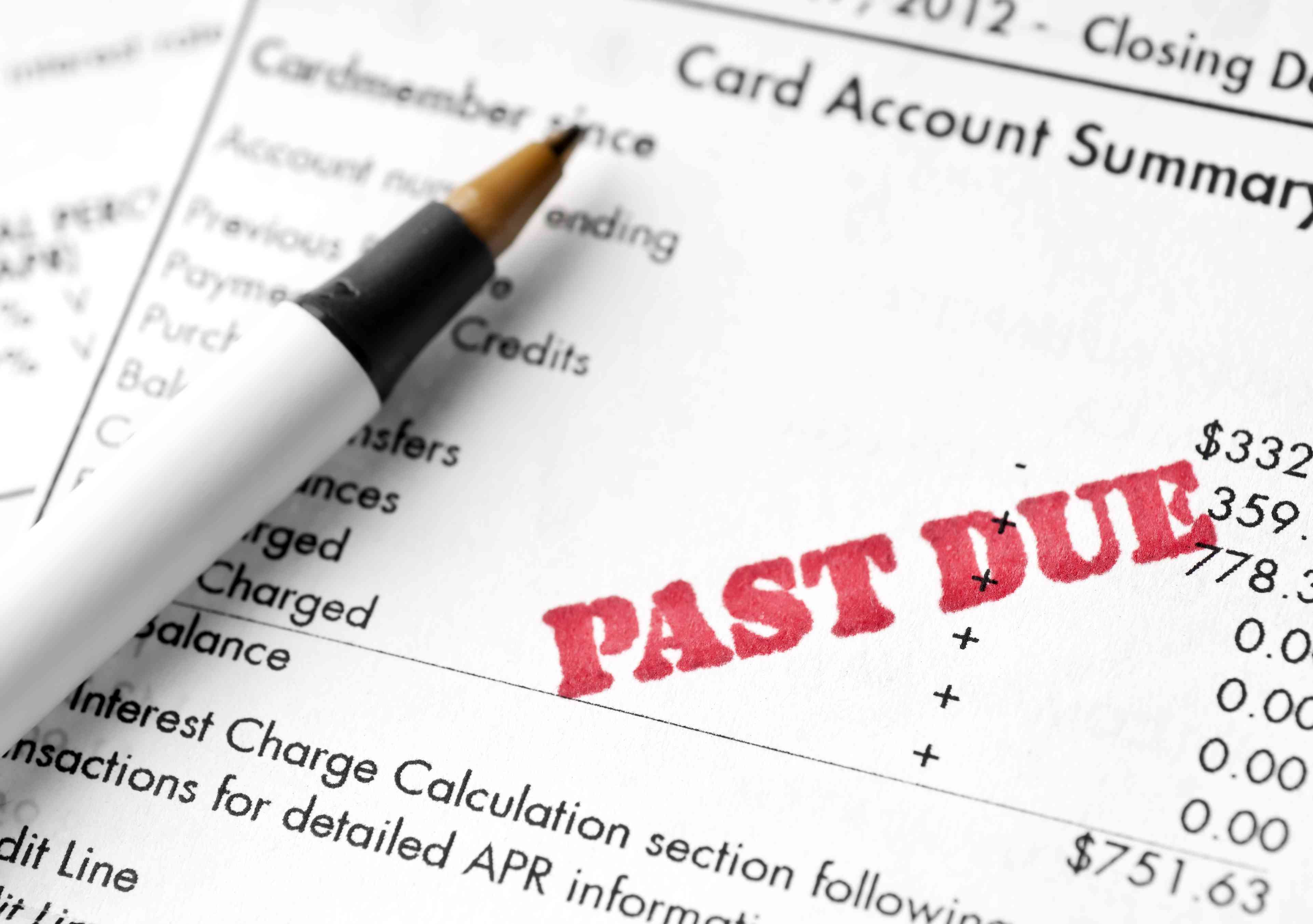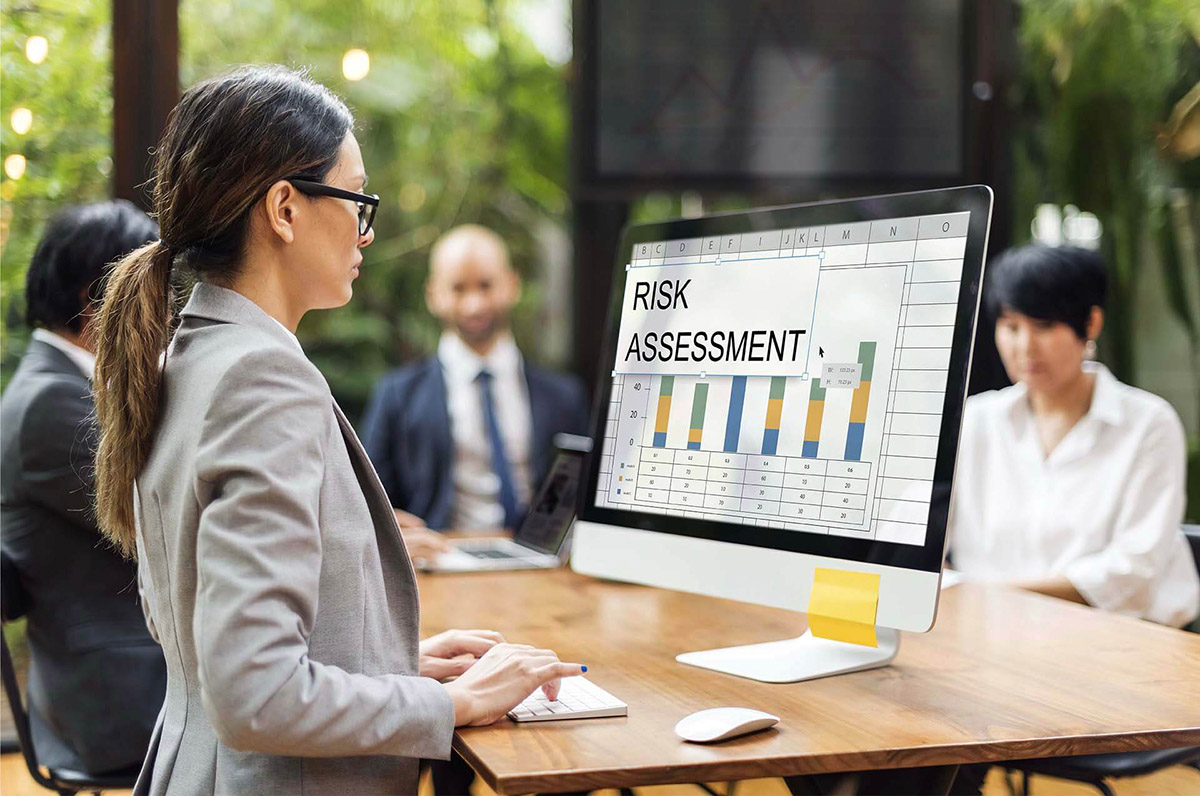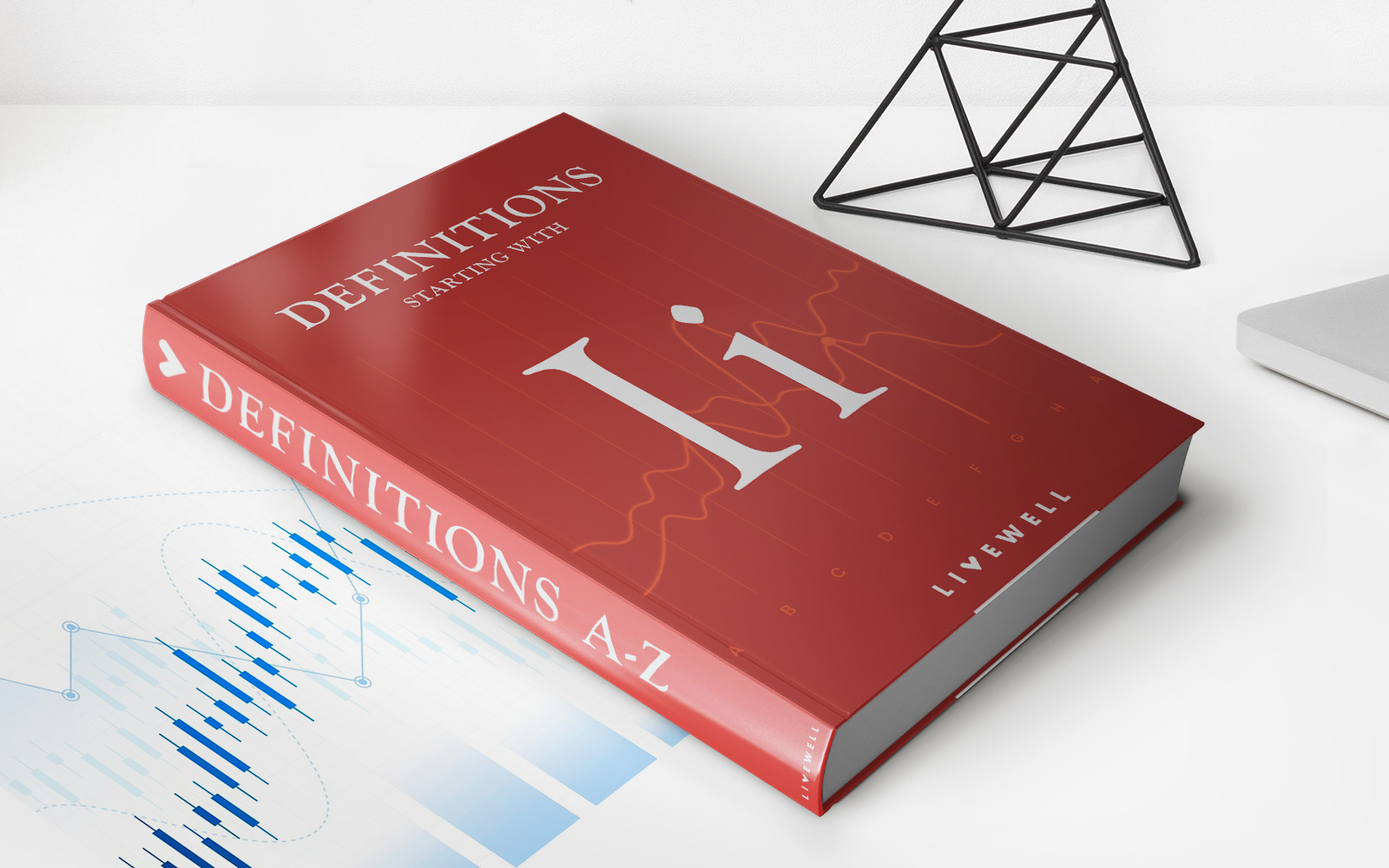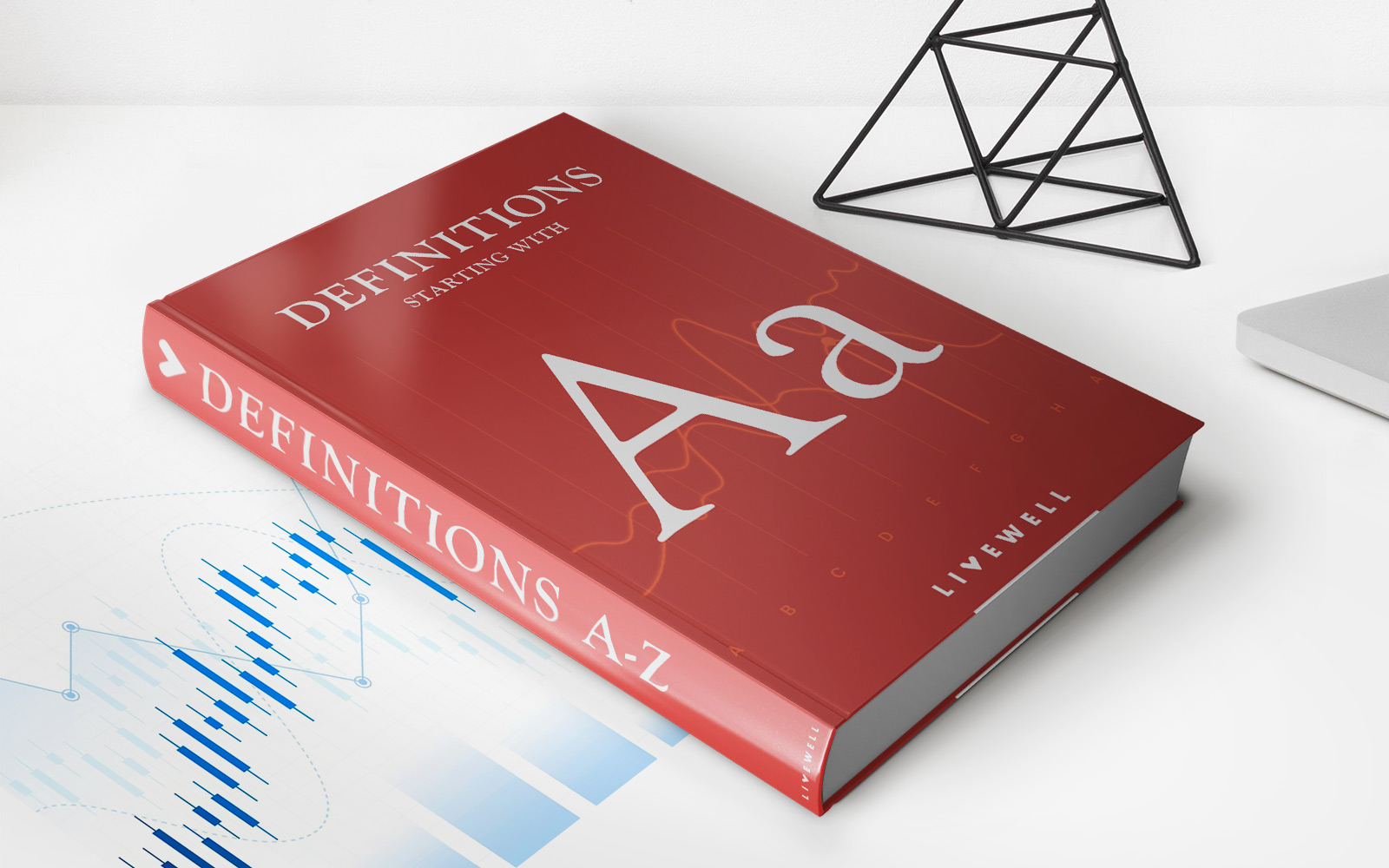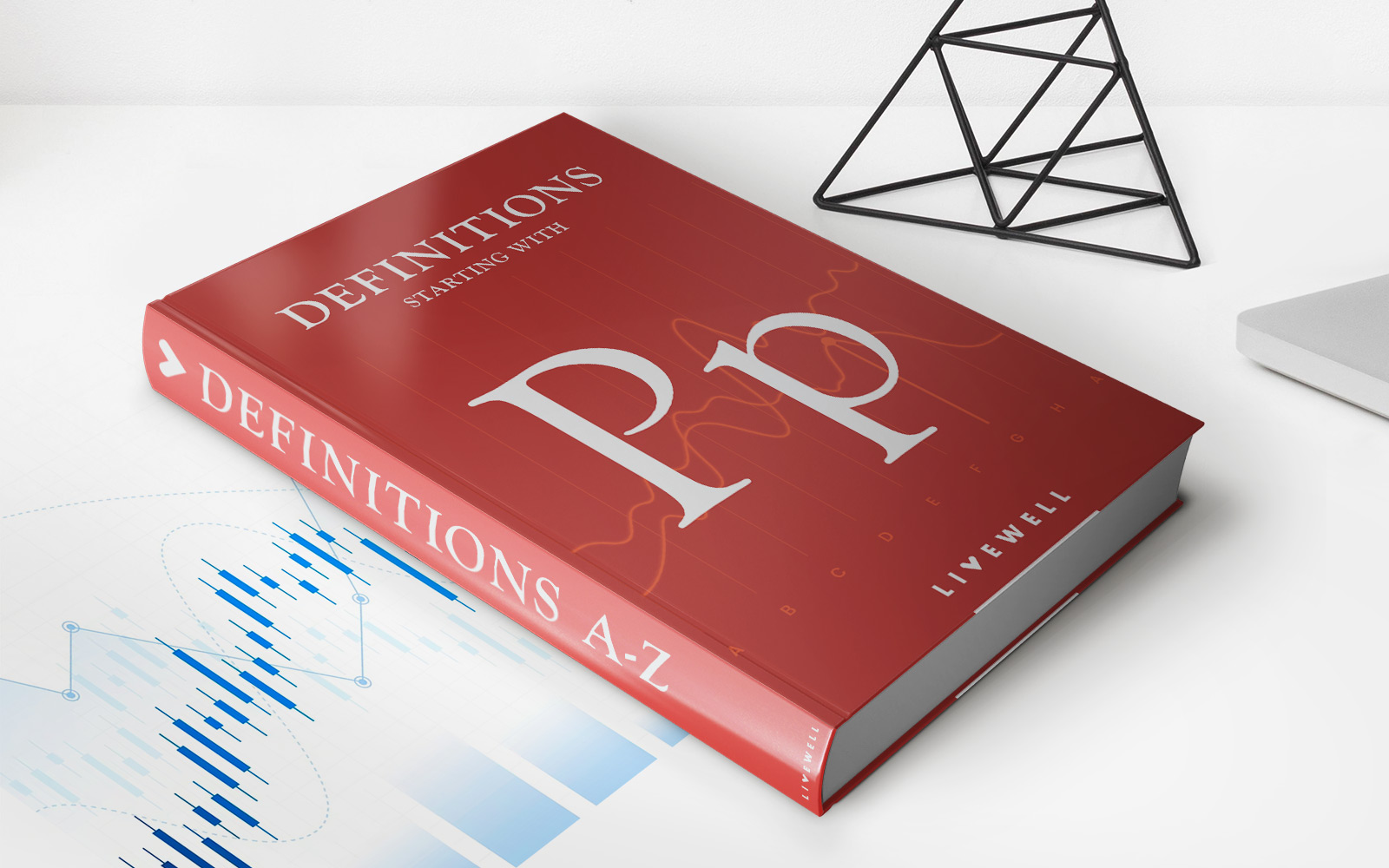Home>Finance>What Does It Mean When You Have A Negative Credit Card Balance


Finance
What Does It Mean When You Have A Negative Credit Card Balance
Modified: December 29, 2023
Learn the meaning of a negative credit card balance and its impact on your finances. Find out how to address this issue and improve your financial situation.
(Many of the links in this article redirect to a specific reviewed product. Your purchase of these products through affiliate links helps to generate commission for LiveWell, at no extra cost. Learn more)
Table of Contents
- Introduction
- Understanding Credit Card Balances
- Positive Credit Card Balance: What It Implies
- Negative Credit Card Balance: Explained
- Possible Causes of a Negative Credit Card Balance
- Consequences of a Negative Credit Card Balance
- How to Handle a Negative Credit Card Balance
- Tips for Maintaining a Positive Credit Card Balance
- Conclusion
Introduction
When it comes to managing your finances, credit cards play a crucial role. They provide you with the convenience of making purchases even when you don’t have cash on hand. However, sometimes credit card balances can become a bit confusing, especially when they start to show negative figures. Many people wonder, what does it mean when you have a negative credit card balance?
Before we dive into the intricacies of a negative credit card balance, let’s first understand the concept of credit card balances in general. When you make purchases using your credit card, the amount you spend is added to your outstanding balance. This balance represents the total amount that you owe to the credit card company. However, there are instances when your credit card balance may turn negative, and this can lead to some confusion and uncertainty.
In this article, we will explore the meaning of having a negative credit card balance, the possible causes behind it, and the consequences it can have on your financial situation. We will also provide some tips on how to handle a negative credit card balance and maintain a positive balance going forward.
Understanding Credit Card Balances
To understand what a negative credit card balance means, it is important to first have a clear understanding of credit card balances in general. A credit card balance refers to the amount of money that you owe to the credit card company for your purchases and transactions.
When you make a purchase using your credit card, the amount spent is added to your outstanding balance. This balance will continue to increase as you make more purchases and incur interest charges if you don’t pay off the full balance each month. On the other hand, if you make payments towards your credit card balance, the amount owed will decrease.
Typically, credit card balances are represented as positive numbers. For instance, if you have a credit card with a $1,000 limit and you have spent $500, your credit card balance would be $500. This signifies the amount you owe to the credit card company.
However, there are situations when your credit card balance may turn negative. A negative credit card balance occurs when you have paid off more than the outstanding balance on your credit card. In other words, you have overpaid your credit card bill or received a credit on your account.
It’s important to note that a negative credit card balance is not the norm and is often a temporary situation. It usually arises as a result of specific circumstances, and understanding the causes will help you navigate through the potential challenges that may arise.
Positive Credit Card Balance: What It Implies
A positive credit card balance is the standard and most common scenario for credit card holders. It simply means that you owe money to the credit card company based on your spending and outstanding balances.
Having a positive credit card balance implies that you have made purchases or incurred charges on your credit card that haven’t been paid off in full. This could be due to regular expenses, such as groceries, bills, or online shopping, or larger purchases like vacations or electronics.
When you carry a positive credit card balance, you are essentially borrowing money from the credit card company and will be charged interest on the remaining amount. The interest rates on credit cards can vary, but they are typically higher than those for other forms of credit, such as loans or mortgages.
While having a positive credit card balance is normal, it is important to manage it effectively to avoid accumulating too much debt and paying unnecessary interest charges. By making timely and consistent payments towards your credit card balance, you can maintain a healthy financial situation and avoid falling into a cycle of high-interest debt.
Furthermore, maintaining a positive credit card balance and demonstrating responsible credit card usage can have a positive impact on your credit score. Lenders and financial institutions consider your credit card payment history when evaluating your creditworthiness. Timely payments and responsible credit card usage can help improve your creditworthiness and open doors to better loan and credit offers in the future.
Negative Credit Card Balance: Explained
A negative credit card balance occurs when you have overpaid your credit card bill or received a credit on your account. It means that the credit card company owes you money instead of you owing them.
When you have a negative credit card balance, it may seem counterintuitive since we are used to thinking of credit card balances as amounts that we owe. However, there are several reasons why a negative credit card balance may occur.
One common reason for a negative credit card balance is overpayment. This can happen if you make a payment to your credit card company that exceeds the total amount you owe. For example, if your credit card balance is $500 and you make a payment of $600, your new balance will be -$100, indicating a negative credit card balance.
Another reason for a negative credit card balance is the issuance of a credit or refund. This could arise from returning a purchase, resolving a billing dispute, or receiving a refund for a canceled transaction. When the credit card company processes the credit, it reduces your outstanding balance and can result in a negative balance.
It’s important to note that a negative credit card balance doesn’t mean you have free money to spend. Although the credit card company owes you money, it is not the same as having a cash balance in your account. In most cases, you cannot withdraw the negative balance or use it for future purchases.
Instead, the credit card company may handle the negative balance in a few different ways. They may apply it as a credit towards your future purchases, which can help offset your expenses until the negative balance is exhausted. Alternatively, they may issue you a refund or check for the amount of the negative balance.
Having a negative credit card balance is typically a temporary situation, as you are likely to make new purchases and utilize the remaining credit. It is important to keep track of your credit card statements and balances to ensure accuracy and resolve any negative balances in a timely manner.
Possible Causes of a Negative Credit Card Balance
There are several potential causes for a negative credit card balance. Understanding these causes can help you identify why your balance has turned negative and take the necessary steps to rectify the situation.
- Overpayment: One common cause of a negative credit card balance is overpayment. This occurs when you make a payment to your credit card company that exceeds the total amount you owe. It could be an intentional overpayment to reduce your outstanding balance or an accidental overpayment due to calculation errors.
- Returns or Refunds: If you return a purchased item or receive a refund for a canceled transaction, the credit may be applied to your credit card account. This can result in a negative balance as the amount refunded exceeds the outstanding balance on your card.
- Billing Disputes: In some cases, you may dispute a charge on your credit card statement. If the credit card company investigates the dispute and finds it in your favor, they may issue a credit to your account, leading to a negative balance.
- Balance Transfer or Consolidation: If you transfer the balance from one credit card to another or consolidate multiple credit card balances into a single account, it is possible to end up with a negative balance on the original card. This happens when the transferred or consolidated amount exceeds the outstanding balance on the original card.
- Unauthorized Transactions: In rare instances, unauthorized transactions may occur on your credit card account. If you report these transactions promptly to your credit card company and they investigate and confirm the unauthorized activity, they may issue a credit to your account, resulting in a negative balance.
Regardless of the cause, it is important to regularly monitor your credit card statements and balances. This way, you can quickly identify any discrepancies or negative balances and take the necessary steps to address them.
If you notice a negative credit card balance that you believe is incorrect or the result of unauthorized activity, contact your credit card issuer immediately. They can help you investigate the situation, resolve any disputes, and ensure that your credit card balance is accurately reflected.
Consequences of a Negative Credit Card Balance
While a negative credit card balance may initially seem like a positive situation, it can have several consequences that you should be aware of. It’s important to understand these consequences to effectively manage your credit and finances.
1. Limited usability: Having a negative credit card balance doesn’t mean you have extra spending power. You cannot use the negative balance as cash or make new purchases beyond your credit limit. The negative balance is typically applied as a credit towards future purchases, and you can only utilize it until the balance is exhausted.
2. No interest earnings: Unlike a positive credit card balance, a negative balance does not earn you interest. You will not receive any additional funds or benefits from the negative balance beyond its application towards future purchases or refund options offered by the credit card company.
3. No impact on credit utilization: Credit utilization is an important factor in determining your credit score. It is the ratio of your credit card balance to your credit limit. A negative credit card balance does not contribute towards lowering your credit utilization ratio since it is not considered debt owed. However, maintaining a low credit utilization ratio is still crucial for improving your creditworthiness and obtaining favorable loan terms.
4. Reduced credit score impact: A negative credit card balance typically has a minimal impact on your credit score. Since it represents a credit owed to you rather than a debt, it does not carry the same weight as a positive credit card balance. However, it is still important to monitor your credit score and overall credit health to ensure accuracy and address any issues that may arise.
5. Potential loss of refund: If you have a negative credit card balance due to a refund or credit issuance, there is a risk of losing that refund if it remains unutilized for an extended period. Some credit card companies have expiration dates for unused credits or may deduct fees for inactive accounts. Be sure to check the terms and conditions of your credit card to understand any applicable refund policies.
6. Possible adjustment by the credit card company: Credit card companies have policies and processes to manage negative credit card balances. They may apply the negative balance as a credit towards your future purchases or issue a check or refund for the amount. It’s important to review your account statements and communicate with your credit card issuer for clarification on how they handle negative balances.
While the consequences of a negative credit card balance may not be as severe as those of a high positive balance or missed payments, it’s still essential to stay on top of your credit card activity, maintain accurate records, and utilize any available credits within the specified timeframes. By doing so, you can effectively manage your credit and maintain a healthy financial situation.
How to Handle a Negative Credit Card Balance
If you find yourself with a negative credit card balance, there are several steps you can take to handle the situation effectively:
- Review your credit card statements: Thoroughly examine your recent credit card statements to understand the cause of the negative balance. Look for any credits, refunds, or overpayments that may have led to the negative balance.
- Contact your credit card issuer: Reach out to your credit card issuer to clarify the reason for the negative balance. Discuss the situation with their customer service representatives who can provide guidance on how the negative balance will be handled and what options are available to you.
- Understand the credit company’s policies: Familiarize yourself with your credit card company’s policies regarding negative balances. Determine how long the negative balance will remain credited to your account and if there are any expiration dates or fees associated with the negative balance.
- Utilize the negative balance: If your credit card company allows, use the negative balance as a credit towards future purchases. This can help offset your expenses until the negative balance is exhausted. Be mindful of any time limits or restrictions on utilizing the credit.
- Request a refund or check: If the negative balance is due to overpayment or a significant credit from a refund, you may be eligible to request a refund or a check for the amount. Contact your credit card issuer to inquire about the process for receiving a refund.
- Maintain accurate records: Keep track of any communications, transactions, and receipts related to the negative balance. This will help you stay organized and have a record of your interactions with the credit card company.
- Monitor your credit card activity: Continue monitoring your credit card activity to ensure that the negative balance is properly addressed and resolved. Regularly review your statements to identify any discrepancies and promptly report them to your credit card issuer.
- Closely manage your credit card balance: Going forward, be mindful of your credit card spending and payments to avoid accumulating a negative balance. Make timely payments to keep your balance in check and avoid unnecessary interest charges.
Remember, a negative credit card balance is often a temporary situation, and managing it effectively depends on understanding your credit card company’s policies, utilizing any available credits, and maintaining accurate records. By taking these steps, you can handle a negative credit card balance and maintain a healthy credit card account.
Tips for Maintaining a Positive Credit Card Balance
To avoid a negative credit card balance and maintain a healthy financial situation, it’s important to manage your credit card usage effectively. Here are some tips to help you maintain a positive credit card balance:
- Create a budget: Establish a monthly budget to track your expenses and ensure that you’re not overspending on your credit card. Allocate a specific amount for discretionary purchases and stick to it.
- Pay your balance in full: Whenever possible, aim to pay off your credit card balance in full each month. This will help you avoid interest charges and keep your balance at zero, ensuring a positive credit card balance.
- Set payment reminders: Stay on top of your credit card payments by setting up payment reminders. This can be done through calendar alerts, email notifications, or automatic payments to ensure that you never miss a due date.
- Avoid unnecessary purchases: Before making a purchase using your credit card, ask yourself if it is a necessary expense. Avoid impulsive buying decisions and focus on buying only what you truly need.
- Monitor your credit card activity: Regularly review your credit card statements and transaction history. Stay vigilant for any unauthorized charges or errors and report them immediately to your credit card issuer.
- Keep credit utilization low: Aim to keep your credit utilization ratio, which is the percentage of your available credit that you’re using, below 30%. This demonstrates responsible credit utilization and can positively impact your credit score.
- Avoid cash advances: Cash advances on your credit card often come with high interest rates and fees. It’s best to avoid using your credit card for cash advances unless it’s absolutely necessary.
- Review credit card terms and fees: Familiarize yourself with the terms and conditions of your credit card, including interest rates, fees, and any applicable grace periods. Understanding these details can help you make informed decisions and avoid unnecessary charges.
- Consider automatic payments: If you tend to forget payment due dates, consider setting up automatic payments from your bank account. This ensures that your minimum payment or full balance is paid on time each month.
- Seek professional advice, if needed: If you’re struggling to maintain a positive credit card balance or facing financial difficulties, don’t hesitate to seek guidance from a financial advisor or credit counseling service. They can help you create a plan to manage debt and improve your financial well-being.
By implementing these tips, you can maintain a positive credit card balance, effectively manage your credit card usage, and achieve financial stability.
Conclusion
A negative credit card balance can be a confusing concept for many individuals, as we are accustomed to thinking of credit card balances as amounts that we owe. However, understanding the implications and causes of a negative credit card balance is crucial for effective financial management.
In this article, we explored the meaning of negative credit card balances, including how they differ from positive balances. We discussed possible causes such as overpayment, refunds, and billing disputes, as well as the consequences that come with having a negative balance. We also provided tips on how to handle a negative credit card balance, including reviewing statements, communicating with your credit card issuer, and utilizing any available credits or refunds.
To maintain a positive credit card balance, it’s important to adopt good financial habits. This includes creating a budget, paying your balance in full, monitoring your spending, and keeping track of your credit card activity. By following these tips, you can avoid accruing unnecessary debt and maintain a healthy financial situation.
Remember that credit cards are powerful financial tools that can provide convenience and flexibility when managed responsibly. By understanding credit card balances, staying informed of your financial situation, and making wise spending decisions, you can effectively utilize your credit card while maintaining a positive credit card balance.
Always remember to consult with financial professionals or seek personalized advice based on your unique circumstances. With the right knowledge and discipline, you can stay in control of your credit card balances and achieve financial well-being.







